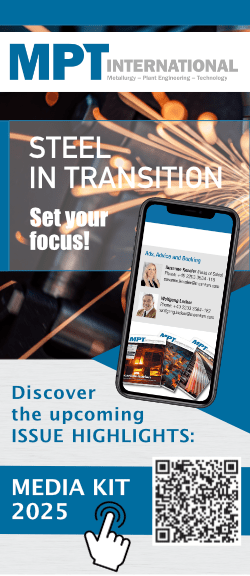- Fragen & Antworten
- Mein Konto
- Newsletter
- Kontakt
- Redaktion: +49 2203 3584 0
- Abo-Service: +49 40 23670 300
- Mein Konto
- Logout
- Alle Fachbeiträge. Alle Insights. Ein Klick.
Production of TMCP steel plates up to 100 mm
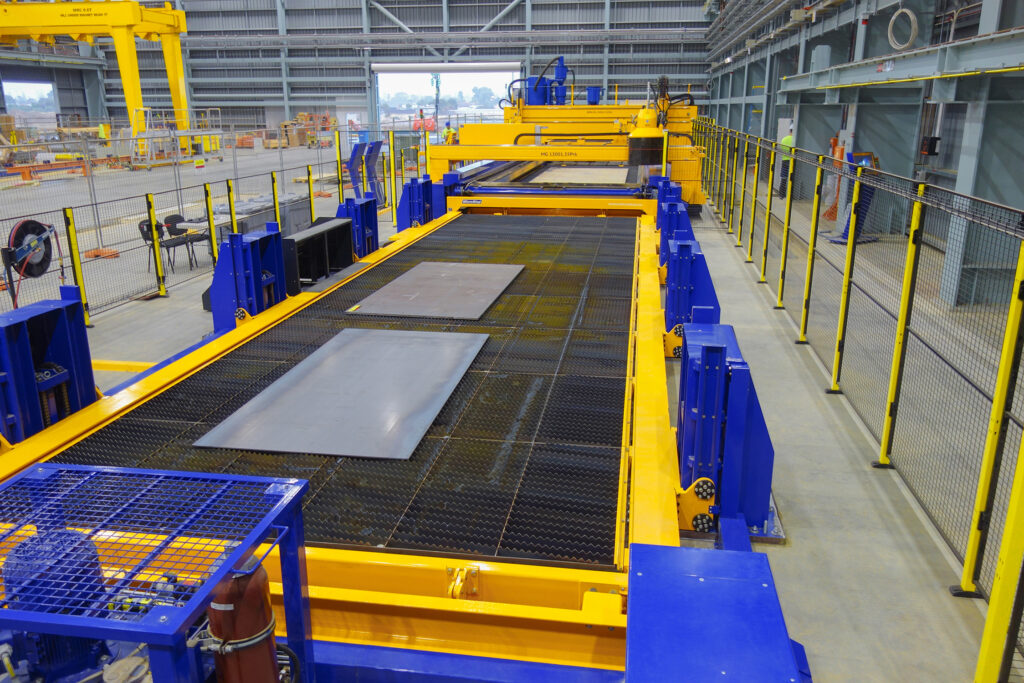
The article provides an overview of present-day requirements to the chemical composition and mechanical properties of S420M and S420ML heavy plates. The authors describe the specifics of designing the chemical composition and selecting the technological parameters for the thermomechanical processing with accelerated cooling (TMCP+ACC) of heavy plates in high thickness groups. They provide description of the main equipment of NLMK DanSteel Mill Quarto 4200 that is used for production of heavy plates from low-carbon structural steels by using TMCP+ACC process.
Authors: Eugene Goli-Oglu, Ph.D., Zibrandt Greisen, Ph.D., NLMK DanSteel, Frederiksvaerk, Denmark
Increasing demand in Northern and Central Europe
There has been a growing interest in the production of heavy plate products 60 to 100 mm in thickness from S420M and S420ML structural steel grades in compliance with EN 10025-4:2019, which can be attributed to the increasing demand for this type of products in Northern and Central Europe. Heavy plates over 60 mm in thickness are increasingly used in wind energy and bridge construction industries, as well as in marine structures and civil engineering. The growing demand for M/ML steels is also driven by the gradual (by thickness groups) replacement of traditionally used conventional S420N/NL steels produced by means of the normalizing process (+N)* with more advanced S420M/ML steel grades produced under thermomechanical processing schemes, including accelerated cooling schemes (TMCP+ACC). The growing interest to heavy plates that are being supplied or undergo thermomechanical processing is also confirmed by the introduction of a new edition of the EN 10025-4:2019 standard to replace the EN 10025-4:2004 edition, thus increasing the maximum thickness of S420M and S420ML thermomechanically rolled products from 120 to 150 mm.
The basic requirements of the EN 10025 (-3 and -4):2019 standard to the yield strength, tensile strength and impact energy of the structural steel being the same, the actually used chemical composition of S420N/NL and S420M/ML steels is markedly different with S420M/ML steels having much lower alloying content. This basically means that these steels have reduced content of Carbon, Manganese, Silicon, Niobium and Vanadium, which contributes to lower levels of cold crack sensitivity, increased Z-properties and better weldability of steel, regardless of whether the heat input is low (0.5–1.2 kJ/mm) or high (3.5–5.0 kJ/ mm). Lower alloying content also contributes to the reduction of the cost by 13–25 EUR/t of product depending on the thickness and low temperature toughness group of heavy plates. On the other hand, normalized S420N/NL plates are traditionally considered to be more reliable due to the simplicity of the manufacturing process and, therefore, to the minimized fluctuations of technological parameters during heavy plate production, which is an important criterion of reliability and is often specified in technical regulations and design documentation.
From the standpoint of physics of the normalization procedure (+N), the major goal is to provide an optimal thermal cycle for the heating of the heavy plate above the α➝γ-transformation ending range (the Ac3 point) and subsequently to cool the heavy plate in still air to obtain a dispersed ferrite-pearlite through-thickness microstructure. Where S420M/ML steels are produced using the TMCP+ACC technology, the number of technological parameters affecting the microstructural condition and, consequently, the range of mechanical properties is significantly increased, thus contributing to the multifactor character of the manufacturing process. As the final thickness of plates and slabs increases, the correlation between the chemical composition, technological process parameters, microstructural condition and the range of mechanical properties of steel heavy plate becomes stronger and generally more difficult to define. This should be taken into account when developing the target chemical composition and defining the range of technological process parameters. On the other hand, the production of heavy plates using the TMCP+ ACC technology creates additional opportunities for the generation of different combinations of mechanical characteristics (in terms of level and ratio) preserving the same chemical composition. Due to this flexibility, the TMCP+ACC process has an absolute advantage over the +N process, which may be useful in the production of heavy plates with the unique combinations of the chemical composition and mechanical properties which are in demand on the market.
This article aims to describe the specifics of the chemical composition, manufacturing process, microstructural condition and mechanical properties of pilot batches of heavy plates up to 100 mm in thickness made of the S420M/ML structural steel produced by thermomechanical processing with accelerated cooling at the NLMK DanSteel Mill Quarto 4200.
Beitrag teilen
Jetzt Fachabo starten
Erhalten Sie exklusiven Zugriff auf alle Fachartikel, Whitepaper und Analysen.
- Wissen, Trends & Analysen aus der Branche
Das könnte Sie auch interessieren
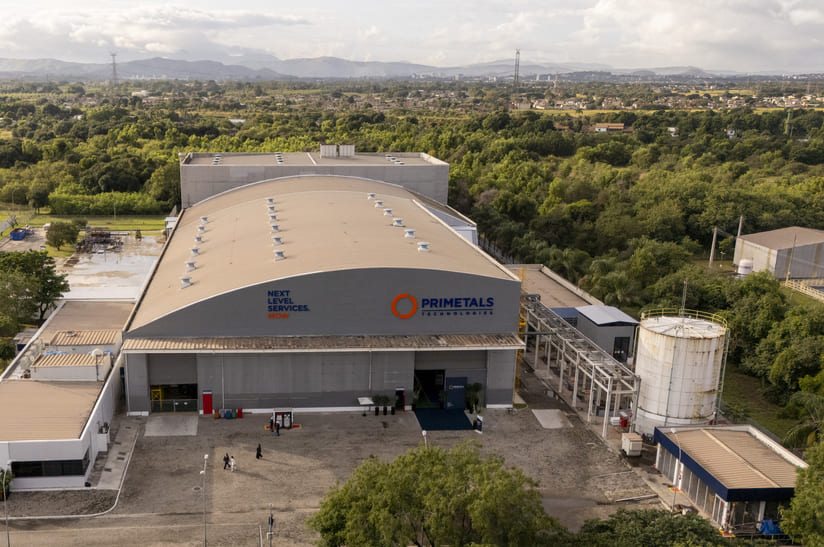
- Technologie
- Jürgen
Strategisch geschickt positioniert
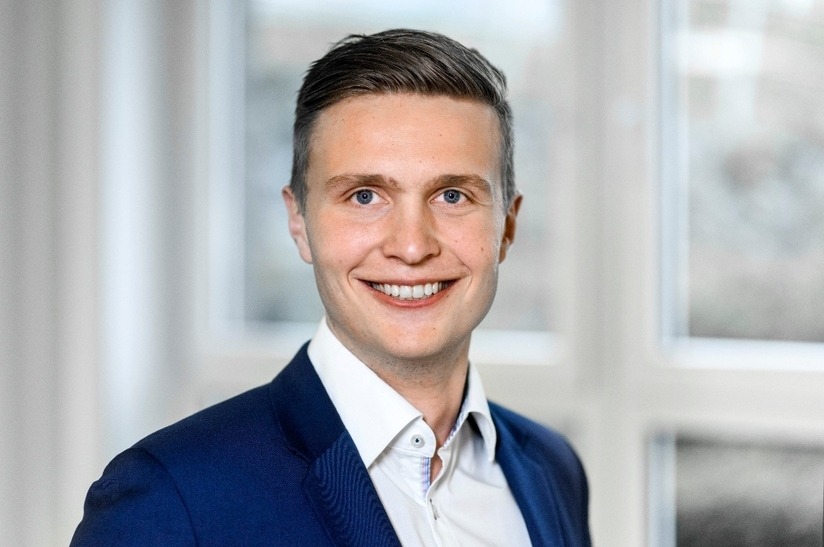
- Technologie
- Jürgen
ETE modernisiert Schmelzbetrieb für Cronidur 30-Produktion

- Technologie
- Jürgen
Schneller Projektfortschritt
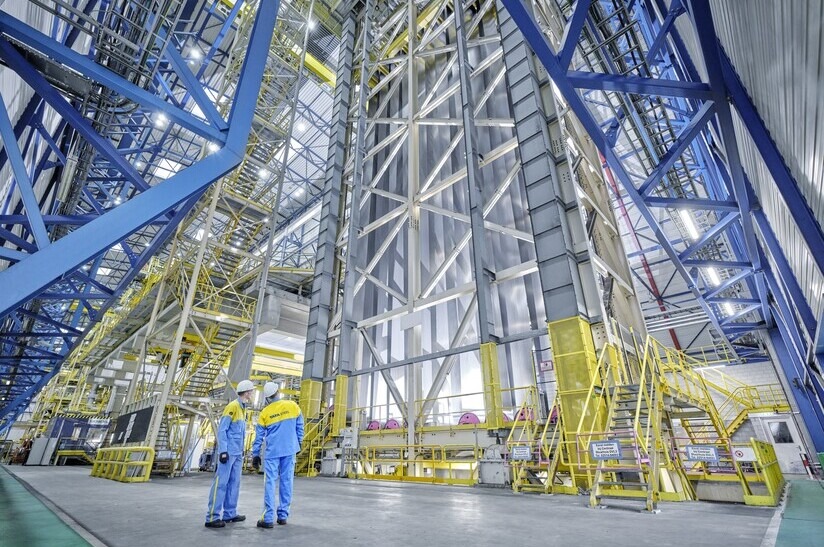
- Technologie
- Jürgen
Gemeinsam zu CO2-neutralem Stahl

- Technologie
- Redaktion
Wie KI Stahlprozesse optimiert und die Transformation unterstützt
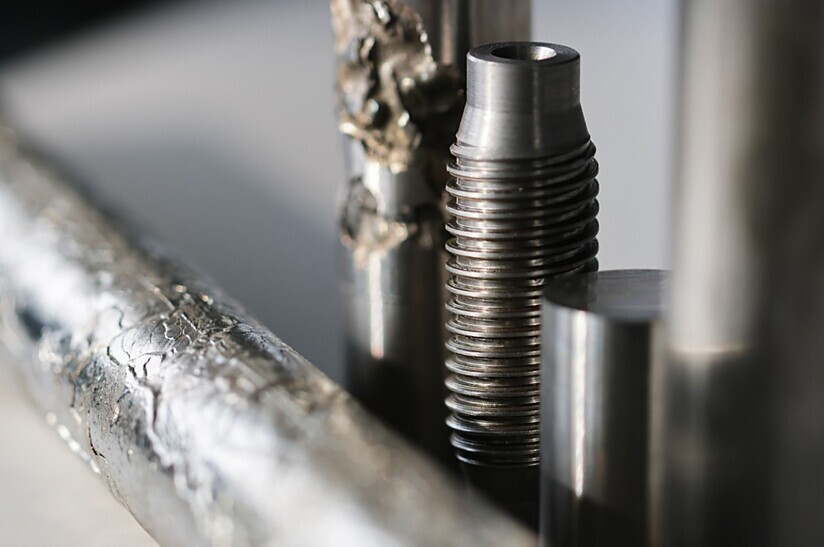
- Technologie
- Torsten Paßmann

